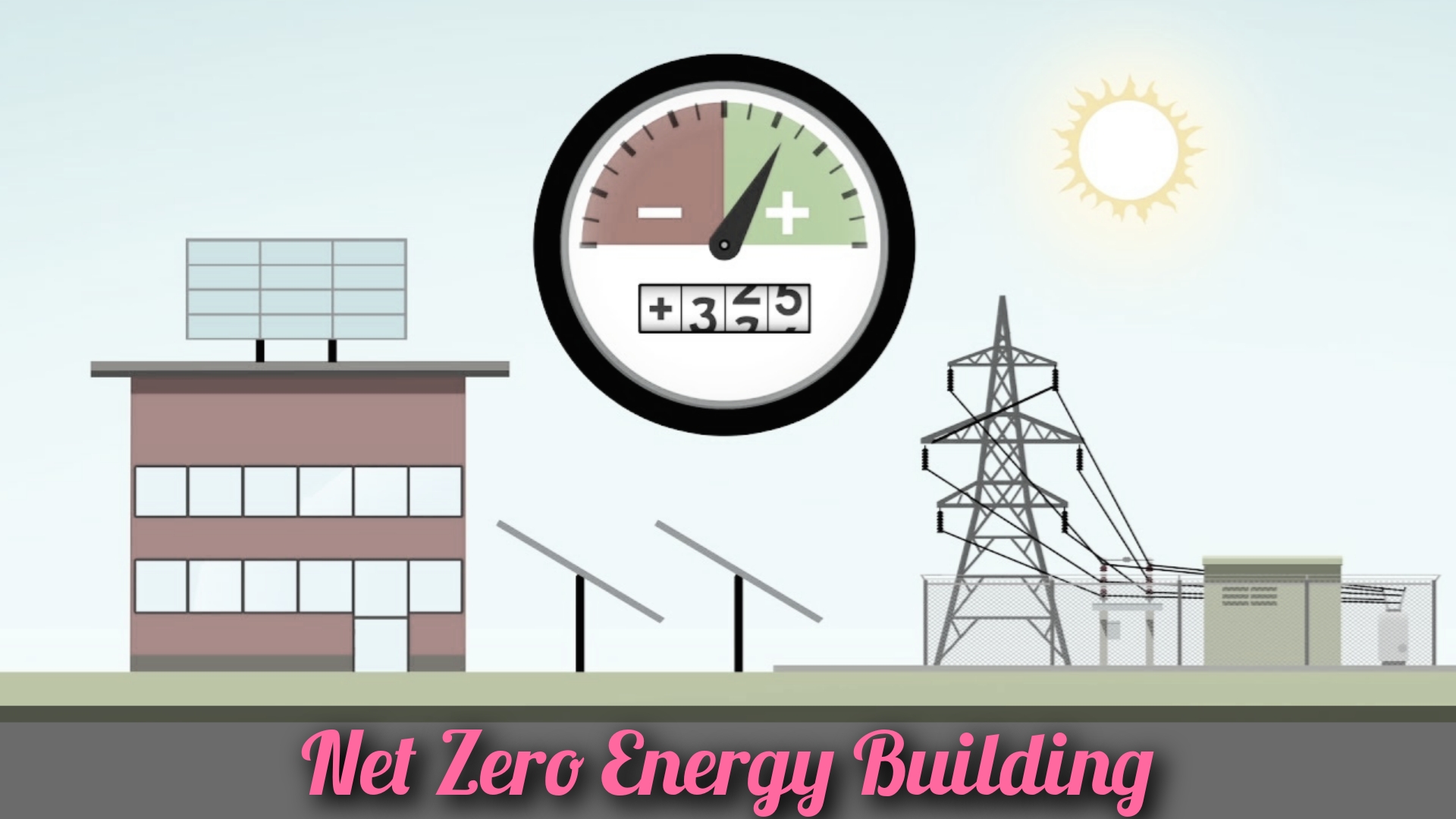Table of Contents
What Is Net Zero Energy Building?
Net zero energy building is very innovative concept in which net energy of the building is zero.
In other words, energy consumed by the building is equal to energy produced by the building.

A net zero energy building can be defined as a building that generates as much energy as it consumes when measured on site.
These buildings deliver high efficiency by using significant amounts of energy from renewable sources produced on-site or outside.
A number of design tools and applications are available in the market to help designers in the residential and commercial sectors design their buildings as net zero energy buildings.
In the United States, California and New York are more focused on building zero, contributing less than 10% of total US emissions.To achieve net energy efficient buildings, the first step is to follow design standards to balance net energy consumption to achieve net energy efficient buildings.The next step is to stimulate energy consumption using various energy modeling tools and techniques to optimize building elements such as orientation, temperature, humidity, overall efficiency. of the system, etc.
This article discusses three key principles that designers follow to achieve good net energy building design.
These three principles are listed below:
- Building envelope measures
- Energy efficiency measures
- Renewable energy measures
Let’s discuss these three basic principles of net zero energy building design.
1. Building envelope measures
Building envelope measures It represents all the elements of the building shell and allows extensive control over various variables within the structure, such as Temperature, Humidity, Air, Noise, Energy Consumption etc.
A high-performance building envelope system is one of the elements incorporated into the design of Net Zero Energy Buildings (NZEBs), with the primary goal of minimizing energy consumption.
Building orientation plays an important role in minimising HVAC loads. Additionally, use shading/overhangs to reduce direct sunlight. Insulation, glazing and double façades are just a few of the techniques that can be used to enhance a building’s exterior and interior climate to suit its location.
2. Energy efficiency measures
Energy efficiency measures are implemented by choosing an appropriate system size for the building. The American Society of Heating, Refrigerating and Air-Conditioning Engineers (ASHRAE) Standard 90.1 provides details on safety factors in design and how to run simulations to model designs and predict optimised energy requirements.
Energy efficiency measures to optimize HVAC loads include
- high efficiency chiller
- Underfloor air distribution system
- passive cooling
- Combined heat and power (CHP)
- Natural ventilation
- Application of heat storage system using phase change material (PCM)
Once system planning and design is complete, the next critical step is the commissioning of these energy management systems.
The commissioning phase should ensure that these systems are installed, calibrated and performing to the owner’s requirements.This commissioning phase should include all renewable systems such as HVAC systems and controls, solar and wind, light and daylight controls. Successful implementation of these systems will increase energy efficiency by 5-10%.
3. Renewable energy measures
NZEB’s design goal is to generate the energy the building consumes from renewable sources. His first two measures, efficient building envelopes and efficient technology, help reduce energy consumption.
Renewable energy measures are more costly than other measures. Designers should therefore start with first two measures as described above, optimizing energy consumption to generate renewable energy.Various renewable energy sources include solar, wind, biomass and geothermal systems.
Conclusion
Net zero energy building design is very innovative concept and should be applied on large scale in modern construction.
Energy produced by the building is comes from renewable source of energy, hence sustainable growth can be achieved without harming the environment.
